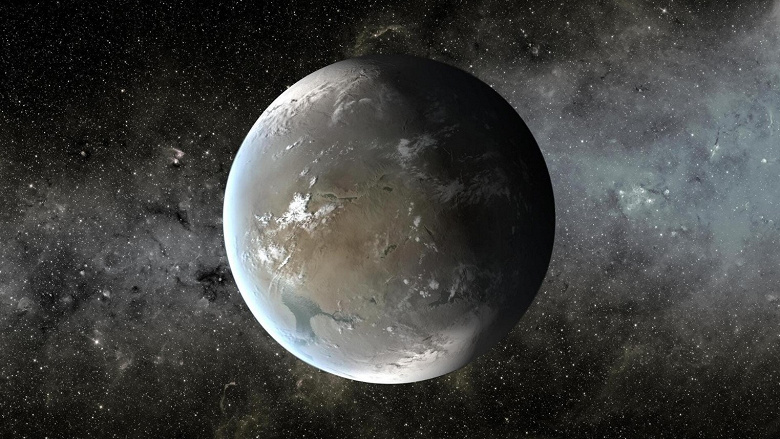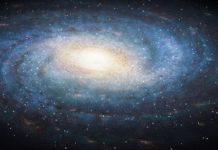Scientists from Italy and Germany have discovered exoplanet GJ 367b, which is likely composed entirely of iron. Using the HARPS spectrograph and TESS observations, they found that more than 90% of the planet’s mass is made up of its iron core.
Researchers from the University of Turin in Italy and the State Star Observatory of Thuringia in Germany have made an interesting discovery: the exoplanet GJ 367b is most likely composed entirely of iron.
This makes it the densest known planet with a short orbital period. GJ 367b was first spotted in 2015 by NASA’s TESS (Transiting Exoplanet Survey Satellite) space telescope and has a density 1.85 times that of Earth.

Using the European Southern Observatory’s HARPS spectrograph and TESS observations, scientists determined that more than 90% of the planet’s mass is made up of its iron core.
The origin story of GJ 367b remains a mystery, but it may have once been a rocky planet like Earth or Mars. Its two neighboring planets, orbiting further out, are also rocky, indicating that they all formed in a similar way.
GJ 367b is an exoplanet consisting only of an iron core
However, GJ 367b likely went through a unique series of events that led it to lose its outer rocky layers, leaving only the core. Possible explanations include collisions with another planet closer to the host star.
Another possibility is that GJ 367b was intensely irradiated by its star, causing its outer layer to burn away leaving only an iron core.
The outer material could turn into gas and then be dispersed into space. It is also possible that GJ 367b underwent a combination of collisions and irradiation to form the metallic planet that astronomers observe today.
The question still remains: how did GJ 367b get so close to its star? It is unlikely that it formed there. Scientists believe that gravitational interactions with other planets could have caused it to move away from its original formation site.
Further study of GJ 367b could provide valuable insights into the formation and evolution of rocky and short-period planets.




